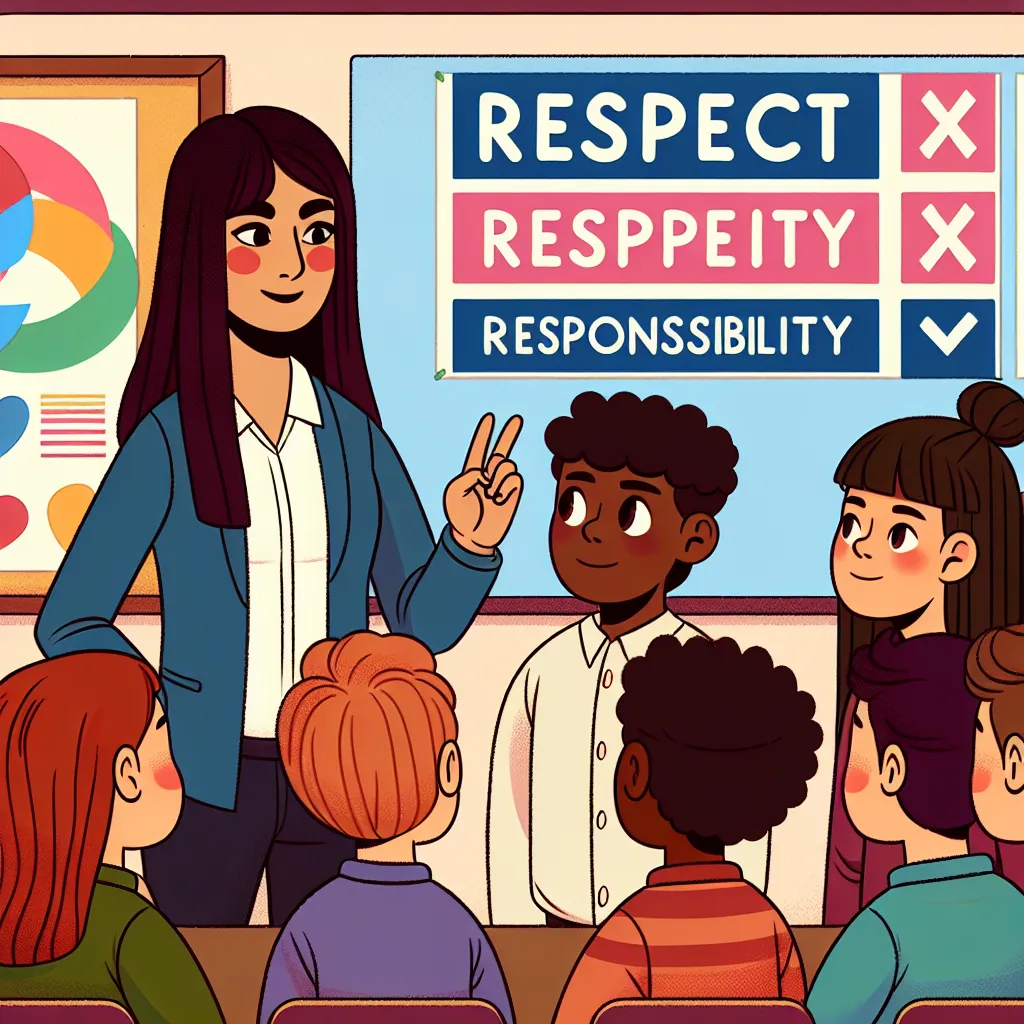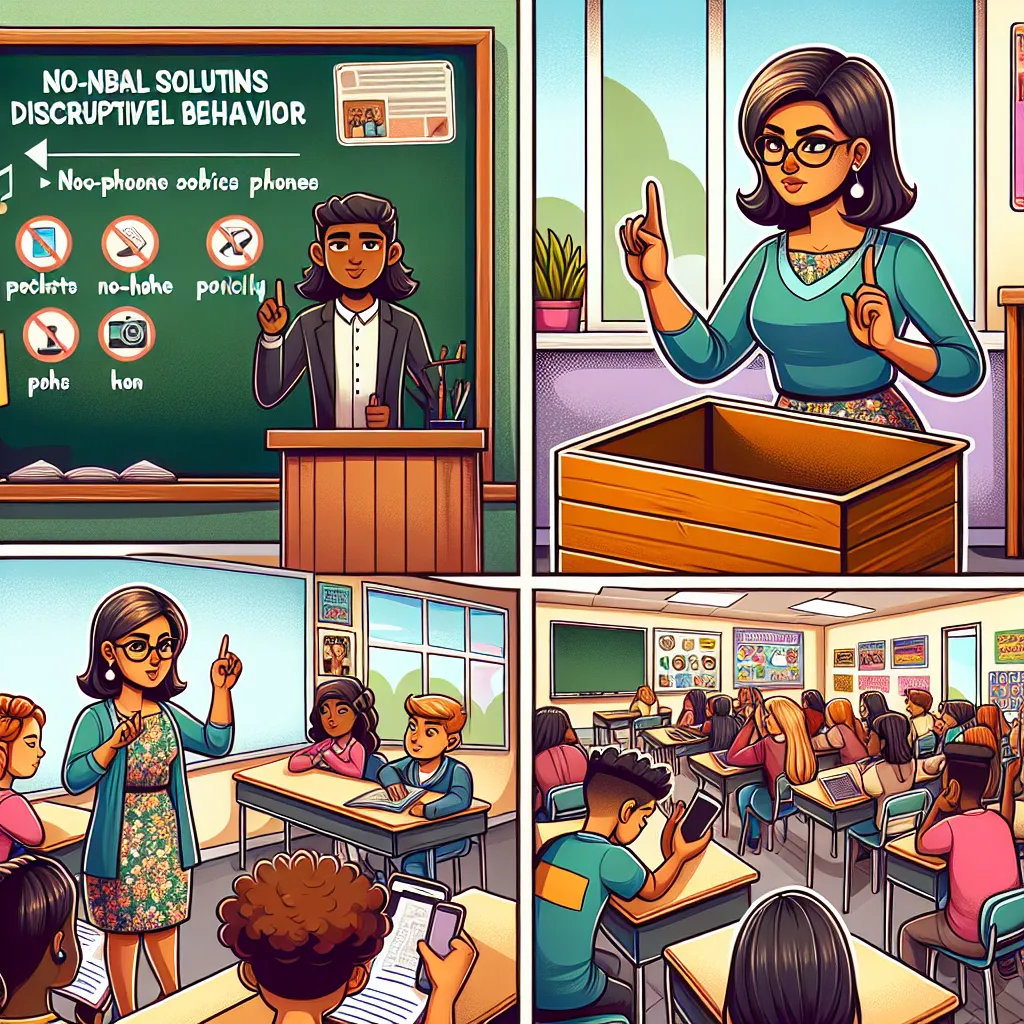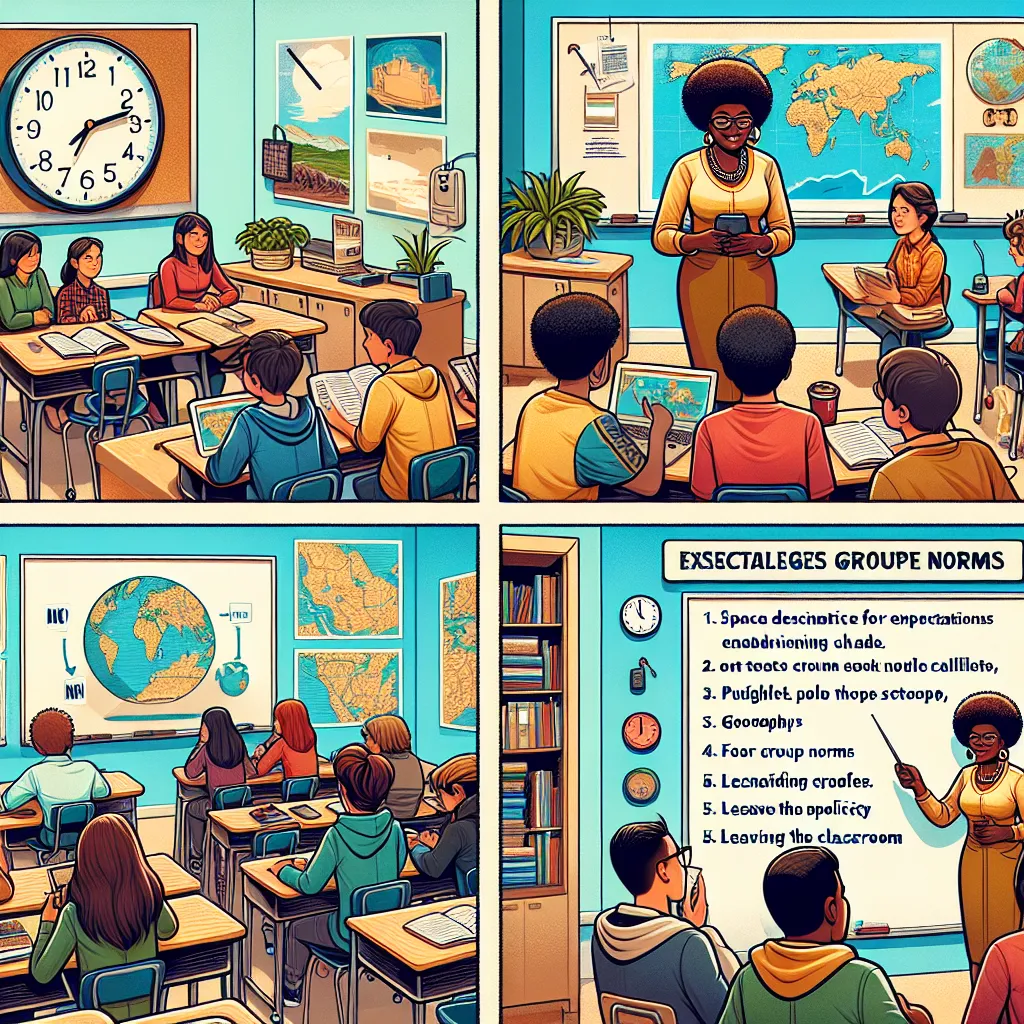Ask AI on The Internet
Question: Case Study: Managing a Disruptive Class Background: Mrs. Xaba is a high school geography teacher who has been assigned a Grade 11 class known for its disruptive behaviour. The class includes a mix of learners with varying levels of interest in geography, but many exhibit behaviours that make teaching and learning challenging. These behaviours include: Arriving Late: Several learners consistently arrive late to class, disrupting the flow of the lesson and the attention of other learners. Talking During Lectures: Many learners talk to each other during the lecture, making it difficult for Mrs. Xaba to maintain control and for other learners to concentrate. Lack of Attention: A significant portion of the class seems disengaged, constantly needing reminders to pay attention to the lesson. Phone Usage: Despite a no-phone policy during class, some learners openly use their phones to text, browse social media, or play games. Leaving the Classroom: Some learners leave the classroom without permission, disrupting the lesson and setting a poor example for others. Mrs. Xaba is committed to helping her learners succeed, but she is struggling to maintain discipline and create a positive learning environment. She is considering different strategies to address these issues but is unsure of the most effective approach. Your task is to provide Mrs. Xaba with some solutions to the above challenges by answering the questions below: 1.How would you address the issue of learners arriving late to class? What strategies could be implemented to encourage punctuality? 2.What steps would you take to manage learners who talk during the lecture? How can you maintain their attention without disrupting the flow of the lesson? 3.How can a teacher effectively deal with learners who are disengaged and constantly need reminders to pay attention? What methods could be used to increase their interest in the subject? 4.What would you suggest as a solution to the problem of learners using their phones during class? How can this behaviour be minimized or eliminated? 5.How should a teacher handle learners who leave the classroom without permission? What measures can be taken to prevent this behaviour?
### 1. Addressing Tardiness **Strategies to Encourage Punctuality:** - **Set Clear Expectations:** At the beginning of the term, communicate the importance of punctuality and the consequences of arriving late—reinforce these rules regularly. - **Incentivize Punctuality:** Offer small but meaningful rewards for students who consistently arrive on time, such as participation points or small privileges. - **Public Accountability:** Keep a visible record of punctuality, such as a chart or log, where students can see their progress and that of their peers. - **Consistent Consequences:** Implement a consistent, fair, and reasonable consequence for lateness, such as a loss of privileges or additional assignments. - **Engage with Parents:** If tardiness is a recurring issue for some students, communicate with their parents or guardians to seek their support. - **Feedback Loop:** Hold a brief one-on-one meeting with habitual latecomers to understand the root cause and work together to find a practical solution. ### 2. Managing Disruptive Talking **Steps to Maintain Attention:** - **Classroom Layout:** Arrange the seating to minimize opportunities for side conversations. Group talkative students in the front or separate them from friends. - **Non-Verbal Cues:** Develop a system of non-verbal cues such as hand signals or moving closer to talking students to remind them to focus without interrupting the lesson. - **Interactive Teaching:** Incorporate interactive elements such as questions, group activities, or discussions to keep students engaged and reduce the need for off-topic conversations. - **Assign Roles:** Assign responsibilities (e.g., note-taker, discussion leader) to students, which can keep them engaged and reduce idle chatter. - **Positive Reinforcement:** Acknowledge and reward students who focus and contribute meaningfully to the lesson. ### 3. Engaging Disinterested Learners **Methods to Increase Interest:** - **Relate to Real-Life:** Show how geography is relevant to students' lives and the world around them through current events, local issues, or career opportunities. - **Varied Instruction:** Use a mix of teaching methods, such as multimedia resources, hands-on activities, and field trips to cater to different learning styles. - **Student-Centered Learning:** Allow students some choice and control over their learning, such as selecting project topics or working on interest-based assignments. - **Interactive Lessons:** Incorporate technology, games, or interactive activities to make lessons more engaging. - **Create a Supportive Environment:** Build positive relationships with students, showing interest in their thoughts and creating an environment where they feel valued. ### 4. Handling Phone Usage **Strategies to Minimize/eliminate Phone Usage:** - **Phone Policy:** Establish a clear, well-communicated phone usage policy with defined consequences for breaking the rules. - **Phone Collection:** Collect phones at the beginning of the class and store them in a secure, designated area, returning them at the end of the class. - **Tech Alternatives:** When appropriate, incorporate approved tech alternatives into the lesson plan to satisfy students' interest in technology in a controlled manner. - **Engage Parents:** Seek parental support to enforce phone usage rules. - **Positive Alternatives:** Encourage students to use their phones for academic purposes at specific times under supervision, promoting responsible usage. ### 5. Addressing Leaving the Classroom Without Permission **Preventive Measures:** - **Clear Rules:** Clearly outline the rules for leaving the classroom, including the protocol for seeking permission. - **Consistent Enforcement:** Consistently enforce consequences for leaving without permission, ensuring fairness and transparency. - **Engage at Start:** Begin the class with engaging activities that immediately capture students' interest and reduce the temptation to leave. - **Frequent Breaks:** Schedule short, structured breaks during long classes to reduce unnecessary exits. - **Monitor and Support:** Address underlying issues that may be causing the need to leave, such as anxiety or personal issues, by providing support or intervention where necessary. - **Classroom Management:** Develop a system of hall passes or a sign-out sheet that allows for monitoring and accountability. By applying these strategies, Mrs. Xaba can begin to create a more disciplined, engaged, and positive learning environment, making it conducive to both teaching and learning.
Think your answer is better than the AI's? Post it below.
Other Most Relevant Posts:
 Ask AI: How should a teacher handle learners who leave the classroom without permission? What measures can be taken to prevent this behaviour?
Ask AI: How should a teacher handle learners who leave the classroom without permission? What measures can be taken to prevent this behaviour?
 Ask AI: What would you suggest as a solution to the problem of learners using their phones during class? How can this behaviour be minimized or eliminated
Ask AI: What would you suggest as a solution to the problem of learners using their phones during class? How can this behaviour be minimized or eliminated
Question Tags
If you want your question answered by an AI, click here.





Post your own comment: